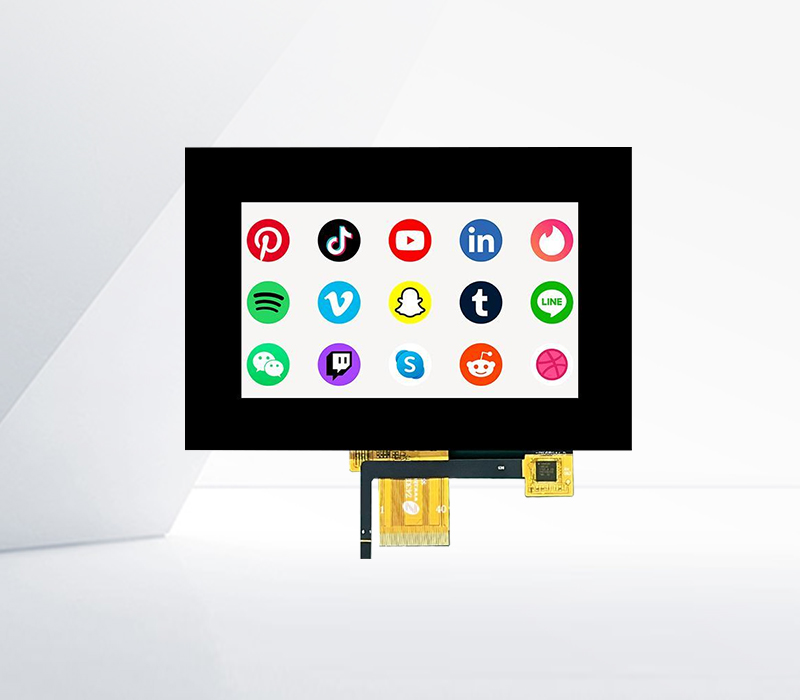




As the popularity of IPS LED displays continues to grow, the proper recycling of these devices has become an essential task to minimize environmental pollution and recover valuable resources. Recycling IPS LED displays involves a series of complex processes that require careful handling and specialized techniques to ensure the safe disposal of hazardous components and the efficient extraction of reusable materials.
The first step in recycling IPS LED displays is the disassembly process. Trained workers use specialized tools to carefully separate the various components of the display, including the display panel, backlight unit, circuit board, casing, and frame. This separation is crucial to facilitate the subsequent recycling and treatment of each component. For example, the display panel, which contains valuable metals and liquid crystal materials, needs to be handled separately from the plastic casing and the circuit board.
Once disassembled, the display panel undergoes a more detailed treatment. The liquid crystal layer, which contains substances that can be harmful if not properly disposed of, is carefully removed and treated using chemical solvents or physical separation methods. The remaining glass substrate of the panel, which may contain thin - film transistors and indium - tin - oxide (ITO) layers, can be processed to recover valuable metals such as indium. Indium is a rare and expensive metal used in the production of transparent conductive films, and its recovery through recycling helps to reduce the dependence on virgin indium resources.
The backlight unit of IPS LED displays, which consists of LED chips, diffuser sheets, and reflector plates, also requires specific recycling methods. The LED chips can be recycled to recover precious metals such as gold, silver, and palladium, which are used in their manufacturing. The diffuser sheets and reflector plates, usually made of plastics, can be shredded and melted down to produce recycled plastic pellets for reuse in other plastic products.
The circuit board, a key component of IPS LED displays, contains a variety of electronic components and metals. Through processes such as pyrolysis, which involves heating the circuit board in the absence of oxygen, the organic materials on the board can be decomposed, and the metals, including copper, tin, and nickel, can be recovered. These recovered metals can then be refined and used in the production of new electronic products.
Finally, the plastic casing and frame of IPS LED displays are recycled through mechanical recycling methods. The plastics are shredded into small pieces, washed to remove contaminants, and then melted and molded into new plastic products.
